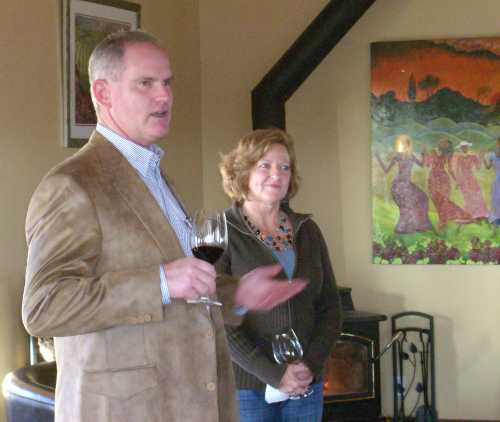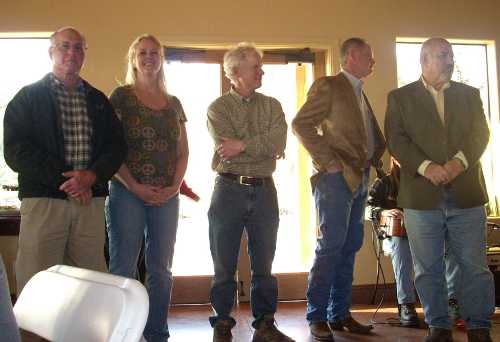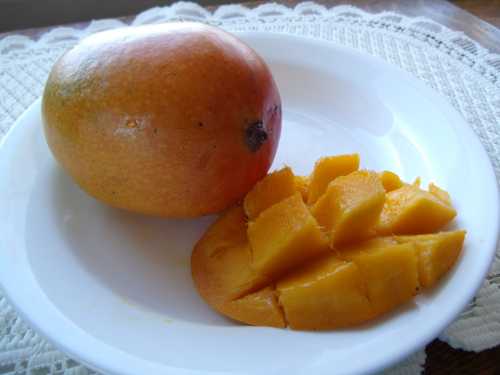- Lake County News reports
- Posted On
HEALTH: Officials detect nation's fourth case of 'mad cow disease' in California
The U.S. Department of Agriculture reported Tuesday that the fourth case of bovine spongiform encephalopathy – known more commonly as “mad cow disease” – has been confirmed in a California dairy cow.
"As part of our targeted surveillance system, the U.S. Department of Agriculture's Animal and Plant Health Inspection Service has confirmed the nation's fourth case of bovine spongiform encephalopathy (BSE) in a dairy cow from central California,” said USDA Chief Veterinary Officer John Clifford.
Clifford said the animal's carcass is being held under state authority at a rendering facility in California and will be destroyed. It was never presented for slaughter for human consumption, so at no time presented a risk to the food supply or human health. Additionally, milk does not transmit BSE.
Samples from the animal in question were tested at USDA's National Veterinary Services Laboratories in Ames, Iowa.
Confirmatory results using immunohistochemistry and western blot tests confirmed the animal was positive for atypical BSE, a very rare form of the disease not generally associated with an animal consuming infected feed.
California Department of Food and Agriculture Secretary Karen Ross said the detection of the BSE in the cow showed that the surveillance program in place in California and around the country is working.
“Milk and beef remain safe to consume,” she said. “The disease is not transmitted through milk. Because of the strength of the food protection system, the cow did not enter the food or feed supply. There are numerous safeguards in place to prevent BSE from entering the food chain.”
Ross said the atypical BSE designation was an important aspect of the case.
“CDFA veterinarians are working with the USDA to investigate this case and to identify whether additional cows are at risk,” she said. Feed restrictions in place in California and around the country for the last 15 years minimize that risk to the greatest degree possible. We will provide additional information about this case as it becomes available.”
California Department of Public Health Director and Public Health Officer Dr. Ron Chapman said there is no public health threat due to the discovery of BSE in the dairy cow, and his agency is continuing to monitor the situation.
“The food supply in California has not been affected by this discovery, and residents do not need to take any specific precautions,” he said.
Clifford said the United States has had longstanding interlocking safeguards to protect human and animal health against BSE. For public health, those measures include the USDA ban on specified risk materials, or SRMs, from the food supply.
SRMs are parts of the animal that are most likely to contain the BSE agent if it is present in an animal. USDA also bans all nonambulatory (sometimes called "downer") cattle from entering the human food chain.
For animal health, the Food and Drug Administration ban on ruminant material in cattle feed prevents the spread of the disease in the cattle herd.
"Evidence shows that our systems and safeguards to prevent BSE are working, as are similar actions taken by countries around the world,” Clifford said.
In 2011, there were only 29 worldwide cases of BSE, a dramatic decline and 99 percent reduction since the peak in 1992 of 37,311 cases. Clifford attributed that decline to the impact and effectiveness of feed bans as a primary control measure for the disease.
"We are sharing our laboratory results with international animal health reference laboratories in Canada and England, which have official World Animal Health (OIE) reference labs,” Clifford said. “These labs have extensive experience diagnosing atypical BSE and will review our confirmation of this form of the disease. In addition, we will be conducting a comprehensive epidemiological investigation in conjunction with California animal and public health officials and the FDA.”
BSE is a progressive neurological disease among cattle that is always fatal. It belongs to a family of diseases known as transmissible spongiform encephalopathies.
Affected animals may display nervousness or aggression, abnormal posture, difficulty in coordination and rising, decreased milk production, or loss of body weight despite continued appetite.
"This detection in no way affects the United States' BSE status as determined by the OIE,” said Clifford. “The United States has in place all of the elements of a system that OIE has determined ensures that beef and beef products are safe for human consumption: a mammalian feed ban, removal of specified risk materials, and vigorous surveillance. Consequently, this detection should not affect U.S. trade.”
He added, “USDA remains confident in the health of the national herd and the safety of beef and dairy products. As the epidemiological investigation progresses, USDA will continue to communicate findings in a timely and transparent manner.”

 How to resolve AdBlock issue?
How to resolve AdBlock issue? 












